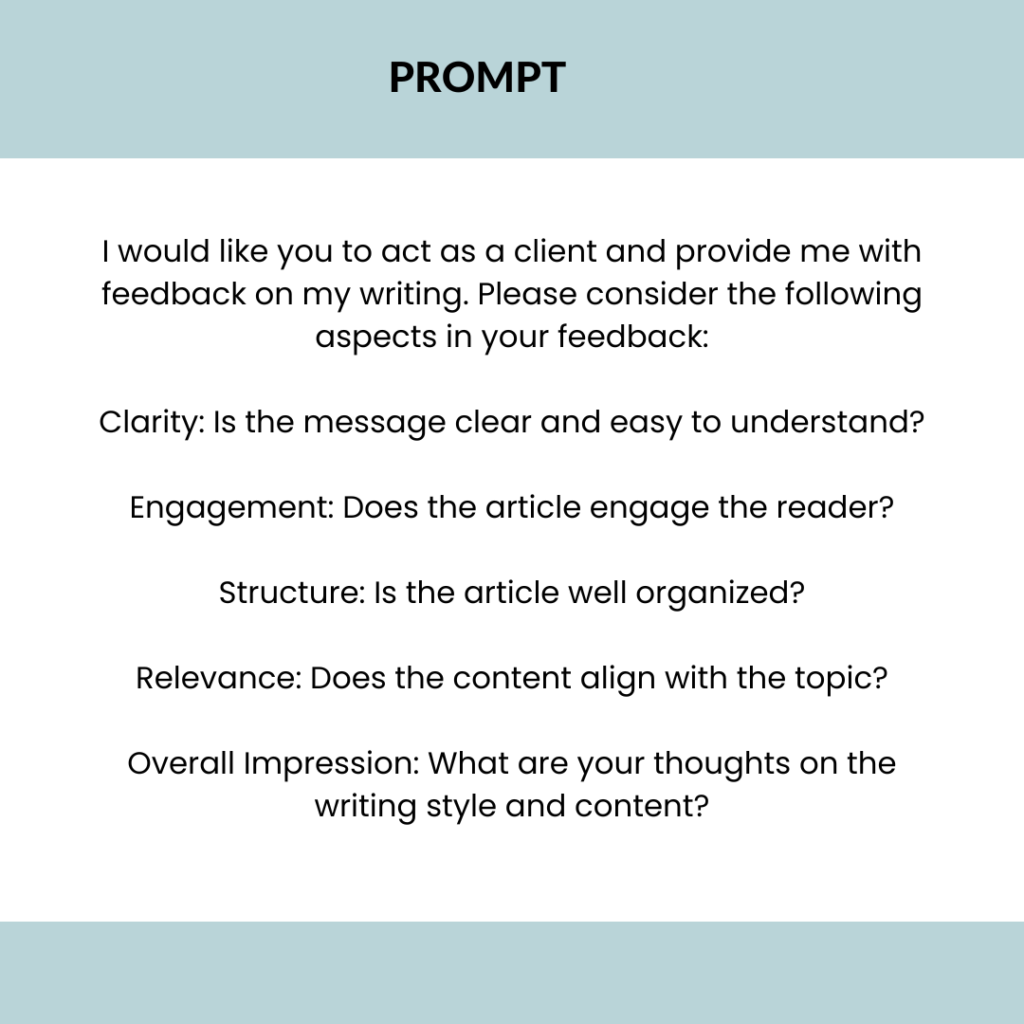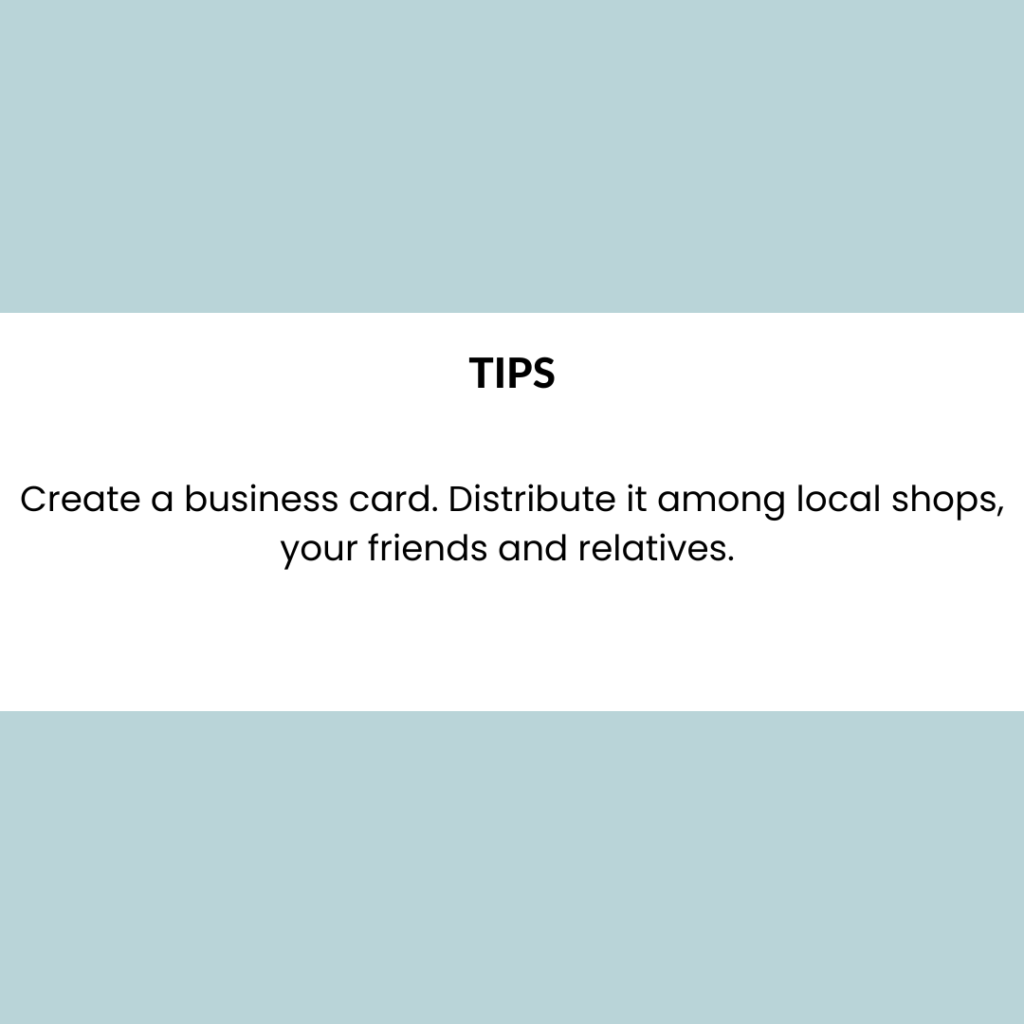It is interesting to see how freelancing has gained popularity over the years. Terms like freelancing, freelancer, and freelance have become very common. This rise is largely due to people’s desire to quit their hectic 9-to-5 jobs and do something different.
Freelancing offers many benefits—you have the privilege of choosing your projects, you’re not bound to report to anyone, and you’re free to work from any location at your own pace.
If you’ve landed on this page, it means you’re considering freelancing as a career path. As someone new to this world, I’m sure you have a lot of questions on your mind:
- Is freelancing the right career choice for me?
- Can it bring financial stability?
The truth is, that freelancing isn’t for everyone. It requires patience, discipline, and a strong mindset. But before you dive into this article, make a promise to yourself: No matter what, I won’t give up.
In this guide, I’ll share practical tips on how to become a freelancer with no experience in 2025—based on lessons I’ve learned from my journey.
Freelancers are…
A freelancer is an individual who earns money by offering services based on skills or education.
Freelancing has many benefits.
- Privilege to choose projects
- Work from anywhere
- Work at your own pace
In simple words, you are the boss.
Sounds good?
Your Ultimate 2025 Blueprint: How to Start Freelancing with No Experience in 2025
Step 1: Identify Your Skills
Grab a pen and paper, and take some time to reflect on what you’re good at or what truly interests you. Once you’ve identified the skills you want to offer, consider whether you want to be a generalist or a specialist in your niche.
For instance, if you want to become a social media manager, do you plan to manage all social media platforms or focus on just one?
Take your time with this step—it’s one of the most important decisions in your freelancing journey. Choose skills you genuinely enjoy, not just the ones that are trending or seem profitable.
I started out as a biology content writer since it was my academic background. But I quit soon after because I realized I wasn’t enjoying the work.

Step 2: Learn and Refine Your Skills
Once you decide on the type of service you want to offer, the next step is to learn the skill. If you’re on a tight budget, start with free resources like YouTube. Otherwise, consider investing in paid courses that offer mentorship.
Avoid schemes that promise guaranteed jobs or clients—they are often unreliable. Remember, no one is going to hand you success; you’ll need to work for it.
If you don’t have clients yet, practice using AI websites.
How to Use AI Websites for Practice:
- Visit Fakeclients.com
- Select your skill, such as writing, graphic design, etc.
- After your selection, the site will generate a brief from a “fake client.” It outlines the type of project or article they want, allowing you to practice your skills in a real-world context.
- Ask ChatGPT to act as a fake client and request feedback.

Step 3: Build a Portfolio
For a freelancer, a portfolio is everything. After all, clients decide whether to hire you based on your portfolio. As a beginner, creating one can be quite challenging.
Let me share how I built mine.
I started as a content writer, so the first thing I did was write sample articles. Then, I visited websites like Internshala to find internships, which helped me build my portfolio. (I’ll also share more websites where you can find part-time jobs or internships.)
On Internshala, you’ll find many free internships. Try to choose ones that last no longer than a month—and remember, never pay for a job opportunity.
Step 4: Create a Portfolio Website
If you are serious about your freelancing career, create a portfolio website. You can build your portfolio website on WordPress or Blogger. This will help establish trust with clients and make it easier for them to communicate with you.

Step 5: Finding Clients
This is the most difficult task when you’re a beginner, but you don’t need to panic or give up. All the successful freelancers you see today probably struggled a lot in the beginning.
Tips to Find Clients
1. Join Facebook Communities:
As a beginner, there’s a high chance of encountering scams. Be very cautious about sharing personal details, especially government IDs or bank information, and avoid clicking on suspicious links. Communicate with potential clients via Messenger and take the time to understand their business. It’s normal to feel excited and afraid of losing a client, but don’t rush. Be patient and avoid sharing your portfolio right away. Only do so when you’re confident you understand the project and can provide value.
2. Use Instagram:
Message businesses in your niche. For example, if you build websites, review potential clients’ sites to identify issues. Mention those issues, explain how they may be affecting their business, and share how you can help fix them.
3. Networking:
Reach out to relatives, friends, or local stores. Offer your services for free or at a discounted rate to build your experience and portfolio.
4. Build Your Own Community:
Start your own community by posting on Instagram or Facebook about topics you’re passionate about. Engage with your audience regularly—this can lead to potential clients.
5. Freelancing Platforms:
Once you’re confident in your skills, register on platforms like Fiverr and Upwork to reach a wider audience.
6. Attend Local Events:
If there’s a fair or expo happening in your area, make sure to attend and distribute your business cards. In-person networking still works wonders.
FREQUENTLY ASKED QUESTIONS (FAQ)
Can I offer multiple services?
Yes, you can! But as a beginner, it’s best to focus on mastering one skill first. Once you gain experience and confidence, you can expand and offer more services.
As a beginner, I don’t know how to communicate with clients. What should I do?
One of the best ways to learn is by creating a Fiverr or Upwork account and approaching freelancers in your niche as a client. Invest a little money, observe how they communicate, and see how they deliver their services. Trust me, this approach will give you valuable insights into effective client communication.
I’ve heard that cold emailing and calling are great ways to find clients. Should I try this?
Yes, you can try cold emailing and calling, but keep in mind that it can be time-consuming and sometimes discouraging. As a beginner, it’s often better to focus on building your skills and portfolio first. Once you’re more confident, you can explore advanced outreach methods like cold emailing.
Conclusion
I’ve tried to cover all the essentials on how to start freelancing as a beginner in 2025.
Remember, different strategies work for different people, so feel free to explore what suits you best.
Have questions? Drop them in the comments below!

Freelancing seems like a dream come true—choosing your projects, working wherever you want, and being your own boss. But it’s not all sunshine and rainbows; it takes discipline, patience, and a strong mindset to make it work. I appreciate how the article emphasizes the importance of choosing skills you genuinely enjoy rather than just following trends. It’s a reminder that passion is key to long-term success. I wonder, though, how do you balance exploring different niches without feeling overwhelmed? Also, the advice to avoid schemes promising guaranteed success is spot on—there are no shortcuts. Would you say networking is just as important as mastering your skill set? It’s inspiring to hear your personal journey, but I’m curious, what’s the best piece of advice you wish you had when starting out?